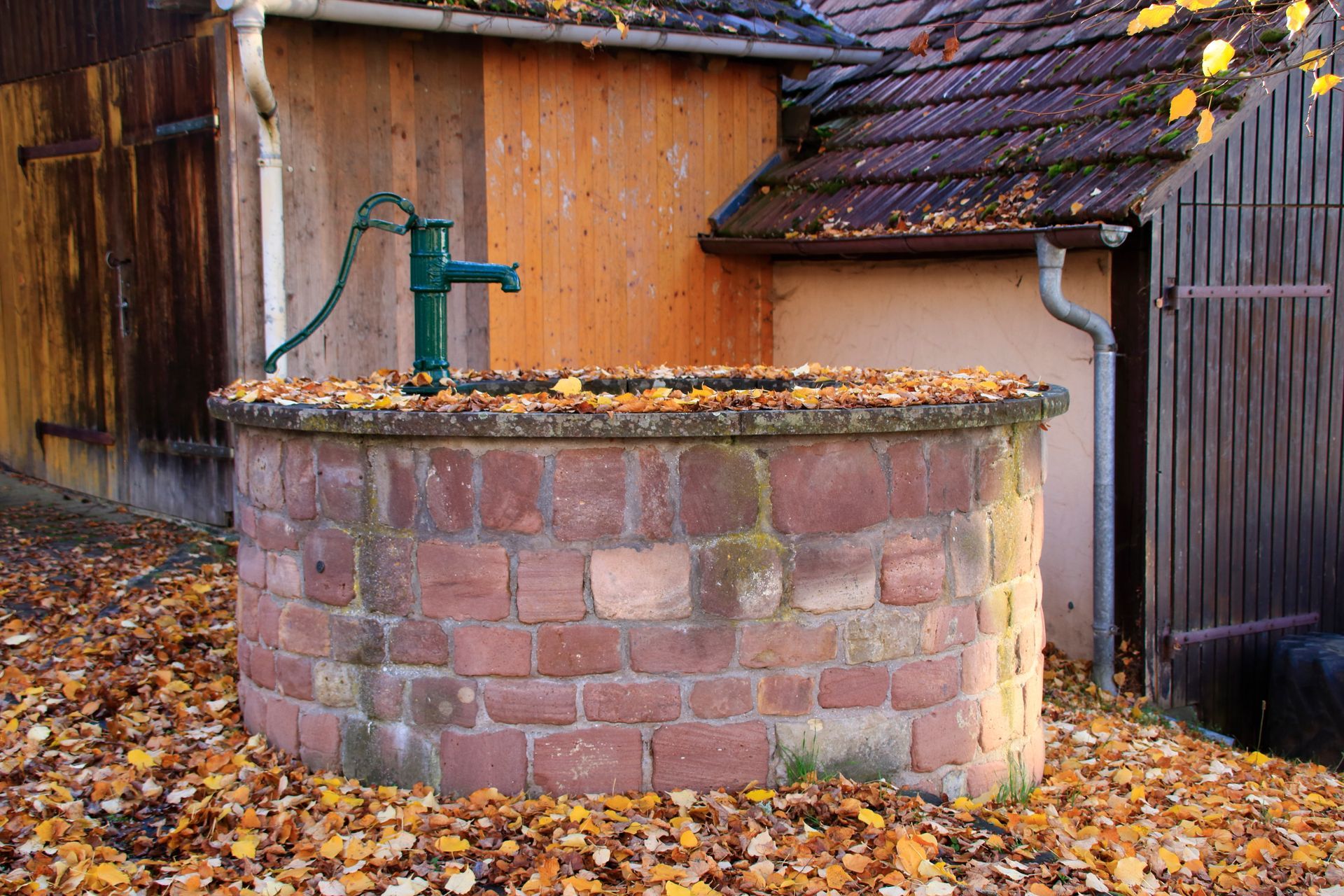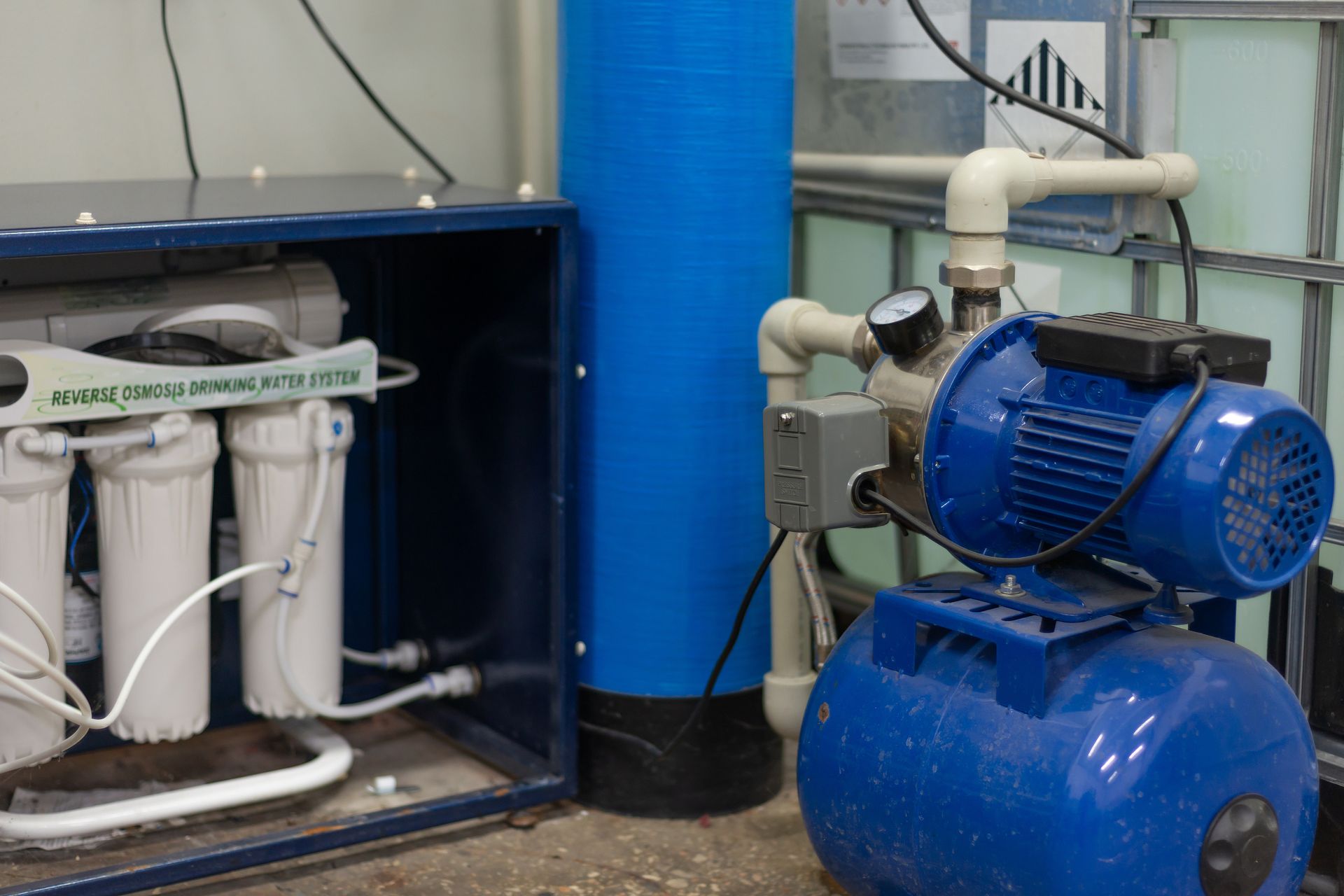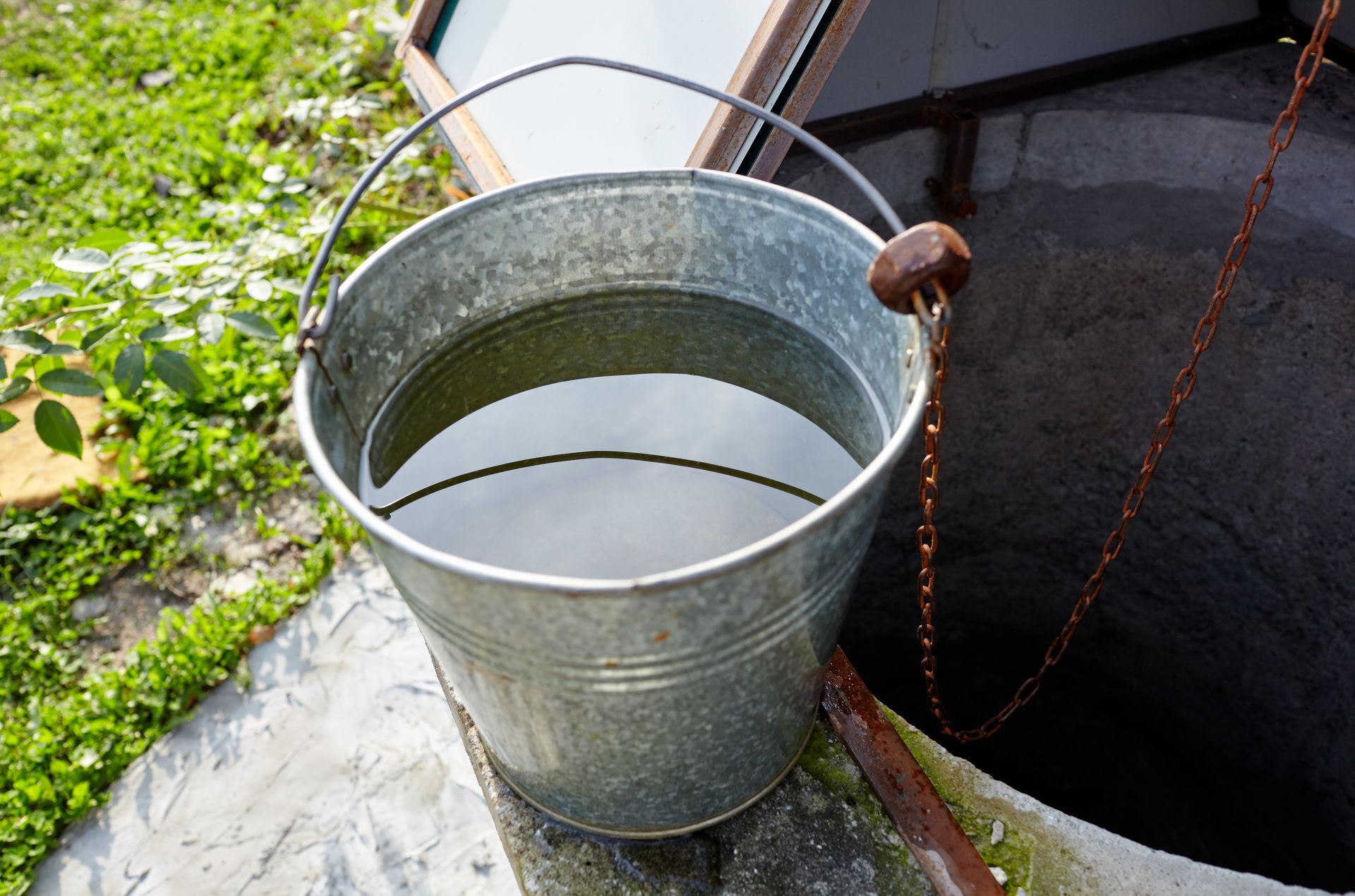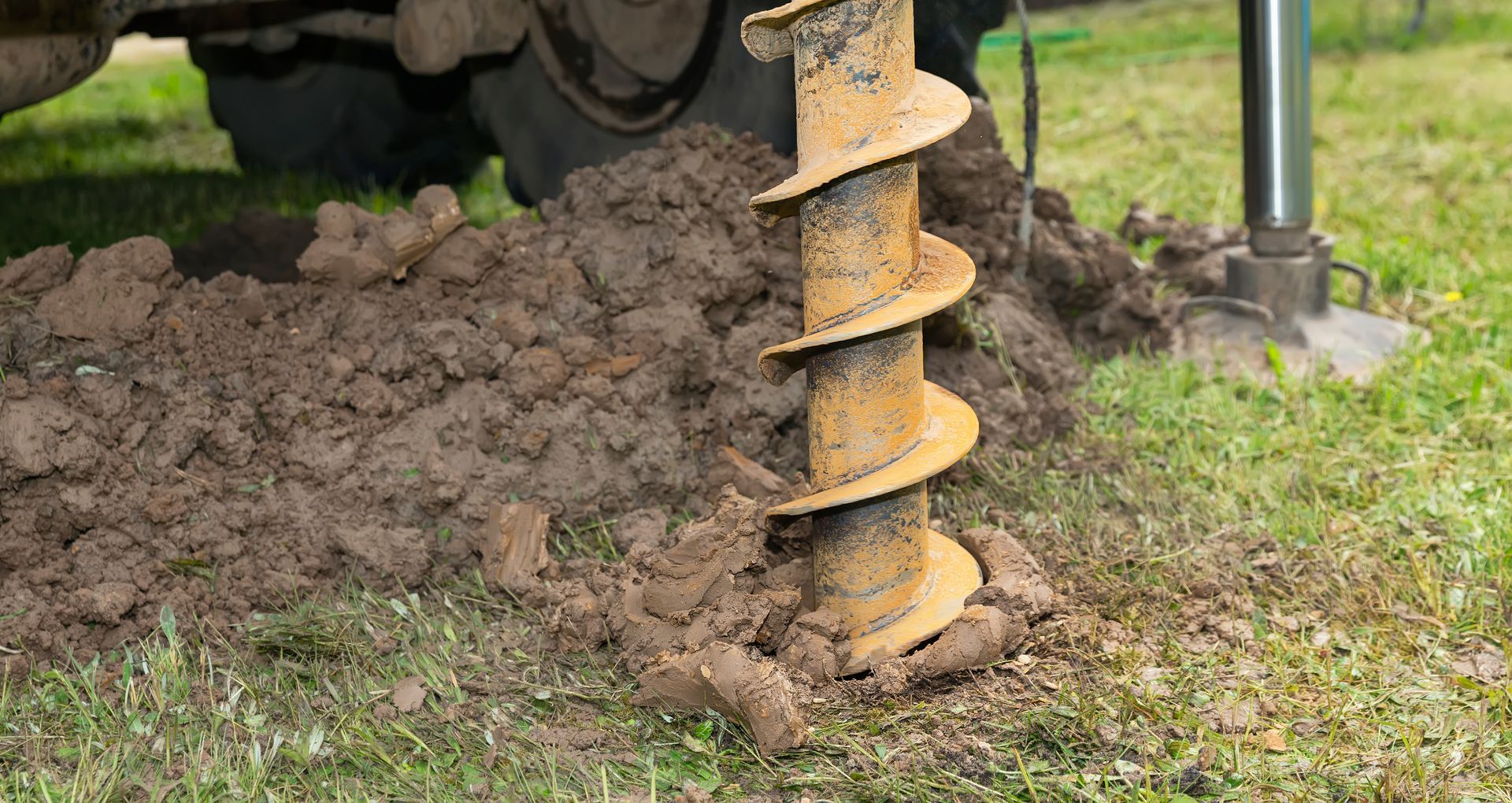The Impact of Drought on Water Wells in Texas: Strategies for Sustainable Water Use
Texas is no stranger to drought, and the Dallas-Fort Worth (DFW) area is particularly vulnerable to its effects. As the climate continues to change and weather patterns become increasingly unpredictable, the importance of sustainable water use has never been more critical. Water wells are a vital resource for many residents and farmers in the region, providing a reliable source of water for drinking, irrigation, and livestock. This article explores the impact of drought on water wells in Texas and outlines strategies for sustainable water use that can help mitigate these challenges.
Understanding Drought in Texas
Drought is defined as an extended period of below-average precipitation, leading to water shortages. In Texas, drought can be attributed to a combination of natural climate variability and human-induced factors. Historical records indicate that Texas has experienced numerous droughts, with some of the most severe occurring in the 1950s and the early 2010s.
Currently, the DFW area faces significant drought conditions, with reports indicating that a substantial portion of the region is experiencing moderate to severe drought. Projections suggest that these conditions may persist, making it essential for residents to understand the implications for their water supply.
Impact of Drought on Water Wells
Decreased Water Levels in Wells
One of the most immediate effects of drought on water wells is the depletion of aquifers. Aquifers are underground layers of water-bearing rock that supply water to wells. During prolonged dry periods, the water levels in these aquifers can drop significantly, leading to reduced water availability for households and farms.
For many homeowners in DFW, this means lower flow rates and the potential for wells to run dry. Farmers may face challenges in irrigating crops, which can lead to reduced yields and economic losses. As the demand for water increases during drought conditions, the strain on these underground resources becomes more pronounced.
Water Quality Concerns During Drought
Drought not only affects the quantity of water available but also its quality. As water levels decline, contaminants can become more concentrated, leading to concerns about water safety. Higher salinity levels may also occur, particularly in coastal areas, affecting the usability of well water for irrigation and drinking.
Residents relying on well water should consider regular testing for contaminants, especially during drought periods. Ensuring that water quality remains safe is paramount for both health and agricultural productivity.
Structural Impacts on Well Systems
The structural integrity of water wells can also be compromised during drought. Prolonged periods of low water levels can lead to well collapse or failure, necessitating costly repairs or even complete replacement. Additionally, the increased maintenance needs during drought conditions can strain both homeowners and service providers.
Regular inspections and proactive maintenance can help mitigate these risks, ensuring that well systems remain functional even in challenging conditions.

Strategies for Sustainable Water Use During Drought
Regular Well Maintenance and Monitoring
One of the most effective strategies for managing water wells during drought is to prioritize regular maintenance and monitoring. Homeowners should schedule routine inspections to assess the condition of their well and identify any potential issues early on. This proactive approach can prevent costly repairs and ensure that the well remains operational.
Monitoring water levels and quality is also crucial. Installing a water level indicator can help homeowners track changes in their well's water supply, while regular water testing can identify any contaminants that may arise during drought conditions.
Water Conservation Techniques
Implementing water conservation techniques can significantly reduce overall water usage, helping to preserve the available supply. Homeowners can adopt efficient landscaping practices, such as xeriscaping, which involves using drought-resistant plants that require minimal irrigation. This not only conserves water but also enhances the aesthetic appeal of properties.
In addition, residents should consider optimizing their irrigation practices. Utilizing drip irrigation systems, which deliver water directly to the plant roots, can reduce water waste and ensure that crops receive the moisture they need without overusing resources.
Rainwater Harvesting as a Supplementary Source
Rainwater harvesting is an effective way to supplement well water during drought periods. By collecting and storing rainwater from roofs and other surfaces, homeowners can create an additional water source for irrigation and non-potable uses.
In Texas, there are legal considerations to keep in mind when installing rainwater harvesting systems, but many local governments encourage this practice through incentives and educational programs. Homeowners interested in this option should research local regulations and consider consulting with professionals for installation.
Community Initiatives and Resources
Collaboration within the community can enhance efforts to conserve water during drought. Local programs often promote water conservation initiatives, providing resources and support for residents looking to implement sustainable practices.
Joining community groups focused on environmental sustainability can also provide valuable information and foster a sense of collective responsibility. Programs may include workshops on water conservation, rainwater harvesting, and efficient irrigation techniques.
Drought poses significant challenges to water wells in Texas, particularly in the DFW area. As aquifers decline and water quality concerns rise, it is essential for residents to adopt sustainable practices to preserve this vital resource. By prioritizing regular well maintenance, implementing water conservation techniques, exploring rainwater harvesting, and engaging with community initiatives, homeowners can mitigate the impact of drought on their water supply.
Staying informed and proactive about water management is crucial for ensuring that future generations have access to safe and reliable water sources. Together, we can navigate the challenges of drought and promote a more sustainable approach to water use in Texas.


